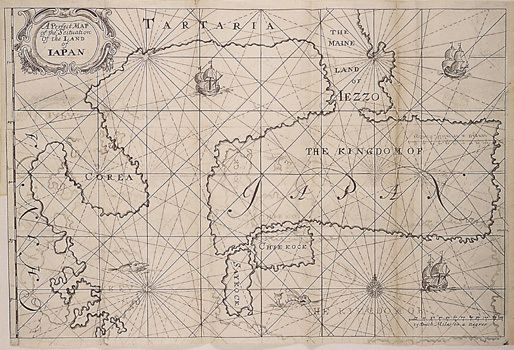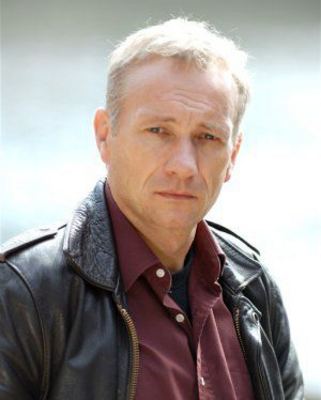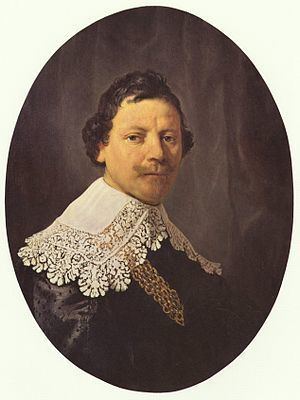Name Francois Caron Nationality French | ||
 | ||
Died April 5, 1673at sea, near Portugal | ||
Jean francois caron 1000lbs trap bar
François Caron (1600–1673) was a French Huguenot refugee to the Netherlands who served the Dutch East India Company (Vereenigde Oost-Indische Compagnie or VOC) for 30 years, rising from cabin boy to Director-General at Batavia (Jakarta), only one grade below Governor-General. He was later to become Director-General of the French East Indies Company (Compagnie française pour le commerce des Indes orientales) (1667–1673).
Contents
- Jean francois caron 1000lbs trap bar
- 2016 wsm athlete jean francois caron
- Japan
- Return to the Netherlands
- New assignments in Asia
- Appointment with the French East Indies Company
- Madagascar
- India
- Honors
- Works
- References

He is sometimes considered the first Frenchman to set foot in Japan: he was actually born in Brussels to a family of French Huguenot refugees; but he only became a naturalized citizen of France when he was persuaded by Colbert to become head of the French East Indies Company, which was intended to compete with the Dutch and the English in Asia. He disputes that honour with the French Dominican missionary Guillaume Courtet.
2016 wsm athlete jean francois caron
Japan

Caron began as a cook's mate on board the Dutch ship Schiedam bound for Japan, where he arrived in 1619. His language skills had developed; and in 1627, he traveled to Edo as the interpreter for the VOC mission to the shogunal capital. He is not quite the first known instance of Franco-Japanese relations, since he was preceded by the visit of Hasekura Tsunenaga to France in 1615.
Caron stayed in Japan for over twenty years, from 1619 to 1641, eventually becoming the VOC Opperhoofd (chief factor or merchant) in Japan. During this period, he married a Japanese woman (the daughter of Eguchi Jūzaemon) and had six children. His entire family followed him to Nagasaki when the Japanese forced the Dutch to abandon their outpost at Hirado. Then his family moved with him to Batavia when he left Japan in 1641.
In 1626, Caron was working in Hirado as full assistant. On 9 April 1633 Caron was promoted as a senior merchant, making him the second ranking Company official in Japan. On 12 February 1639 he succeeded Nicolaes Couckebacker as President and head of the Company's trade in Japan.
The Company's headquarters were moved from Hirado, while he had put a Christian year on the warehouse (1638), to Dejima in Nagasaki in 1641.
Return to the Netherlands
In 1641, Caron's Japan contract with the company expired, and he went to Batavia awaiting a transfer to Europe. At that time, he was nominated member of the Council of the East Indies, the governing body of the VOC in Asia, next to the Governor-General. On 13 December 1641 Caron sailed back to Europe as commander of the merchant fleet.
New assignments in Asia
Although he was rewarded handsomely for his services with a capital of 1,500 guilders, he again left for Asia in 1643 aboard the Olifant. In September 1643, he headed an army of 1,700 men against the Portuguese in Ceylon.
In 1644, Caron was then named governor of Formosa (Taiwan); and he was the chief VOC official on the island until 1646. During this period, Caron his achievements included restructuring the production of rice, sulfur, sugar and indigo, and moderating the trade with Chinese pirates.
He had to return to Batavia in 1646. In 1647, he was appointed Director-General, second in command after the Governor-General. In 1651, Caron was recalled to the Netherlands, together with Cornelis van der Lijn, due to allegations of private trade, but he successfully defended his case, and was able to resign with honor from the Company.
Appointment with the French East Indies Company
The arenas of French rivalry with England and Holland expanded to Asia in 1664 when the French Finance Minister Jean-Baptiste Colbert persuaded Louis XIV to grant a patent to a newly contrived French East Indies Company. Somehow Colbert managed to entice Caron into accepting a leadership role in this nascent enterprise. He became the company's Director General in 1665. This action was perceived as treason by the Dutch, and Caron was banned eternally from the Provinces.
Madagascar
In 1664, François Caron, sailed to Madagascar. The Company failed to found a colony on Madagascar but established ports on the nearby islands of Bourbon (now Réunion) and Isle de France (now Mauritius). In the late 17th century, the French established trading posts along the east coast.
India
Caron succeeded in founding French ouposts at Surat (1668) and at Masulipatam (1669) in India; and Louis XIV acknowledged those successes by awarding him the Order of St. Michael. He was "Commissaire" at Surat between 1668 and 1672. The French East India Company formally set up a trading centre at Pondicherry in 1673. This outpost eventually became the chief French settlement in India.
In 1672, he helped lead French forces in Ceylon, where the strategic bay at Tincomalee was captured and St. Thomé (also known as Meilâpûr) on the Coromandel coast was also taken; however, the consequences of his military success was short-lived. The French were driven out these modest conquests while Caron was en route to Europe in 1673.
He died as his ship sank off Lisbon on 5 April 1673, while he was returning to Europe.
